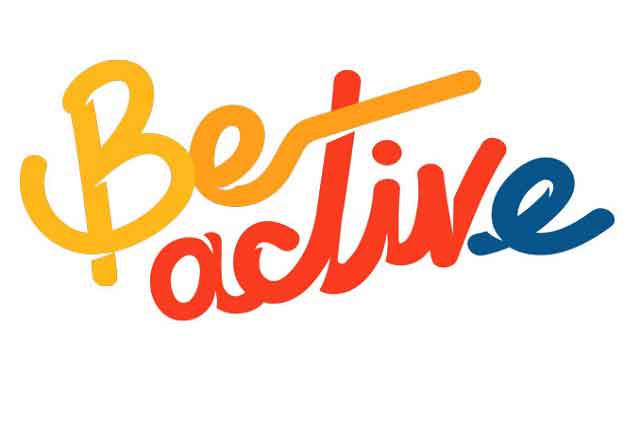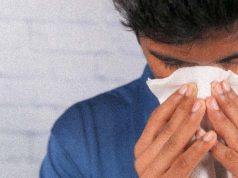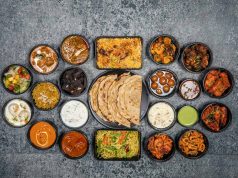More than one in four adults globally (28% or 1.4 billion people) are physically inactive. This can even be as high as one in three adults inactive in some counties.
According to a research published in The Lancet Global Health, women are less active than men, with an over 8% difference at the global level (32% men vs 23%, women).
High income countries are more inactive (37%) compared with middle income (26%) and low income countries (16%).
These shows the need for all countries to increase the priority given to national and sub-national actions to provide the environments that support physical activity and increase the opportunities for people of all ages and abilities, to be active every day.
Energy intake (calories) should be in balance with energy expenditure
Regular physical activity is proven to help prevent and treat noncommunicable diseases such as heart disease, stroke, diabetes and breast and colon cancer.
It also helps prevent hypertension, overweight and obesity and can improve mental health, quality of life and well-being. Yet, much of the world is becoming less active.
Consuming a healthy diet throughout the life-course helps prevent malnutrition in all its forms as well as a range of noncommunicable diseases and conditions.
But the increased production of processed food, rapid urbanisation and changing lifestyles have led to a shift in dietary patterns.
People are now consuming more foods high in energy, fats, free sugars or salt/sodium, and many do not eat enough fruit, vegetables and dietary fibre such as whole grains.
The exact make-up of a diversified, balanced and healthy diet depends on individual needs (e.g. age, gender, lifestyle, degree of physical activity), cultural context, locally available foods and dietary customs.
What is physical activity
Physical activity is defined as any bodily movement produced by skeletal muscles that require energy expenditure. Popular ways to be active are through walking, cycling, sports and recreation, and can be done at any level of skill and for enjoyment.
Physical inactivity (insufficient physical activity) is one of the leading risk factor for noncommunicable diseases and death worldwide. To individuals, the failure to enjoy adequate levels of physical activity increases the risk of cancer, heart disease, stroke, and diabetes by 20–30% and shortens lifespan by 3–5 years.
Moreover, physical inactivity burdens society through the hidden and growing cost of medical care and loss of productivity.

Do you know: (1) Keeping salt intake to less than 5 g per day helps prevent hypertension and reduces the risk of heart disease and stroke in the adult population & (2) Limiting intake of free sugars to less than 10% of total energy intake is part of a healthy diet.




















